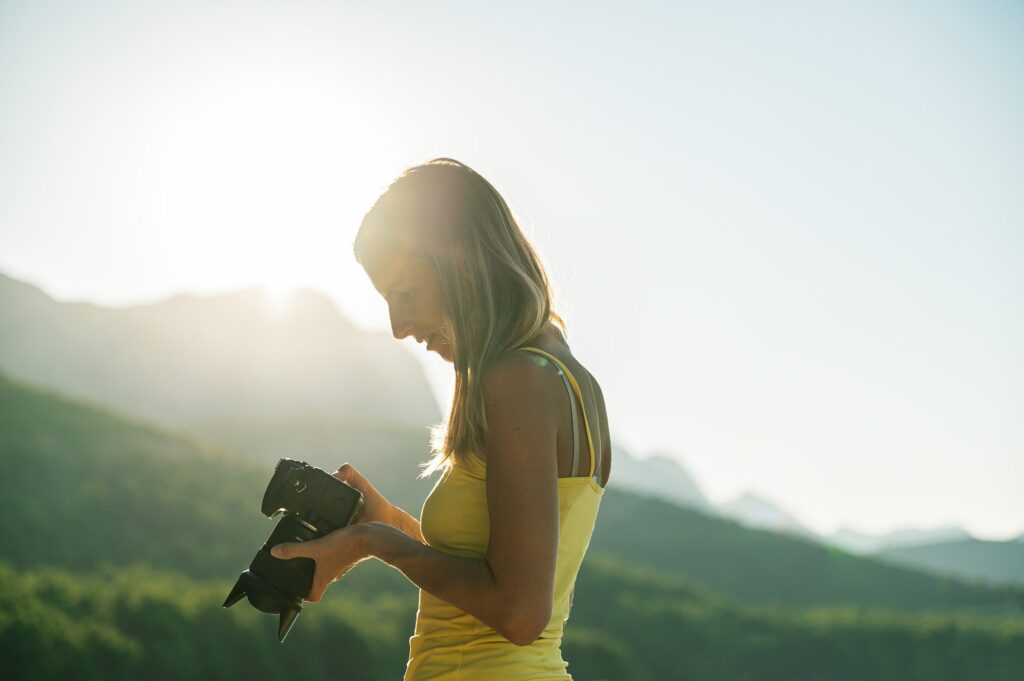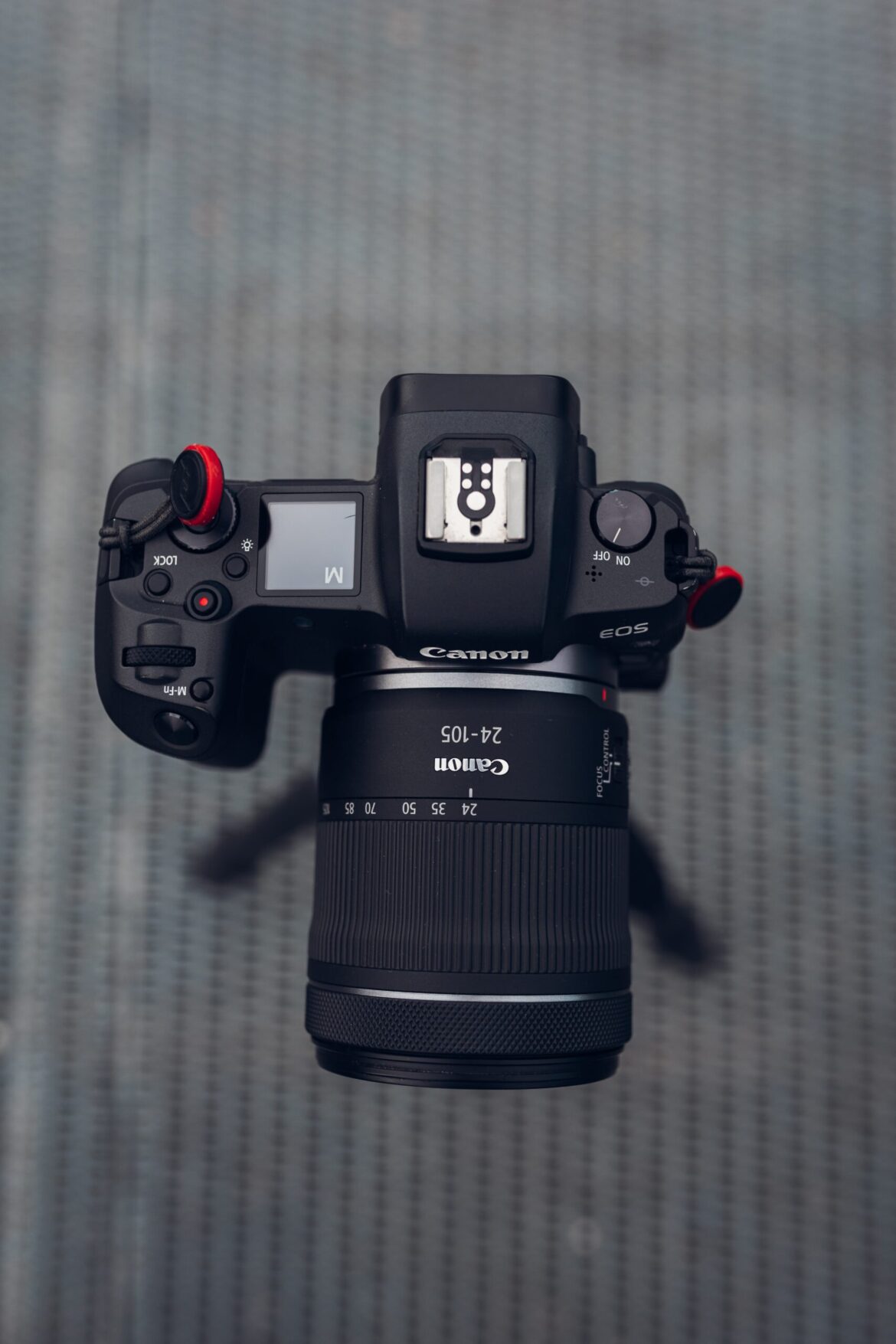A Beginners Guide To Manual Exposure: Learn How To Use Your Camera To Get The Perfect Shot
Are you curious about how to take amazing photos? Do you want to learn more about manual exposure and how it can help you capture the perfect shot? If so, this blog post is for you. In this beginner’s guide to manual exposure, we’ll explore the basics of how to use your camera’s settings and features to get the most out of your photos. You’ll learn everything from shutter speed and aperture settings to ISO, white balance, and more. Plus, we’ll provide tips on how to apply these concepts in practice so that you can take amazing photos every time.

A Beginners Guide To Manual Exposure
Beginners Guide To Manual Exposure: What is manual exposure?
In photography, exposure is the amount of light that hits your camera sensor. It’s a balancing act between too much light (overexposure) and too little light (underexposure). manual exposure is when you, the photographer, adjust the settings to achieve the perfect exposure yourself rather than letting the camera do it automatically.
When you’re shooting in automatic mode, the camera makes all the decisions for you based on its own algorithms. This works well in most cases, but there are times when you want more control over your image. That’s where manual exposure comes in.
With manual exposure, you get to decide how much light hits your sensor by adjusting two key settings: aperture and shutter speed. These two settings work together to determine how long your sensor is exposed to light.
Aperture is measured in f-stops and it controls how wide or narrow your lens opens. A wider aperture (lower f-stop number) lets in more light, while a narrower aperture (higher f-stop number) lets in less light.
Shutter speed is measured in seconds or fractions of a second and it controls how long your shutter stays open. A longer shutter speed lets in more light, while a shorter shutter speed lets in less light.
Beginners Guide To Manual Exposure: How do you set manual exposure?

Beginners Guide To Manual Exposure
When it comes to exposure, there are two main settings that you need to be aware of: aperture and shutter speed. Aperture is the size of the opening in the lens through which light passes and hits the sensor. Shutter speed is the amount of time that the shutter is open, exposing the sensor to light.
In general, a wider aperture (smaller f-stop number) will result in a shorter shutter speed and a narrower aperture (larger f-stop number) will result in a longer shutter speed. So, how do you know which setting to use? That all depends on the look you’re going for with your photo.
If you want a shallow depth of field (blurry background), then you’ll want to use a wide aperture. This means that you’ll need to use a faster shutter speed to compensate for the amount of light that’s coming in. Conversely, if you want a deep depth of field (everything in focus), then you’ll want to use a narrow aperture and a slower shutter speed.
There are other factors that come into play when setting your exposure, such as ISO and white balance, but those are beyond the scope of this article. For now, just focus on getting comfortable with aperture and shutter speed and how they work together to create different effects in your photos.
Beginners Guide To Manual Exposure: Why use manual exposure?
If you want to have full control over your photography, then you need to learn how to use manual exposure. With manual exposure, you can adjust the shutter speed, aperture, and ISO to get the perfect shot every time.
Shutter speed is one of the most important settings when it comes to manual exposure. The shutter speed determines how long the camera’s sensor is exposed to light. A faster shutter speed will result in a shorter exposure, which is perfect for capturing moving objects. A slower shutter speed will result in a longer exposure, which is ideal for low-light situations or when you want to capture a sense of motion.
Aperture also plays a key role in manual exposure. The aperture controls how much light enters the camera’s sensor. A wider aperture will result in a brighter image, while a narrower aperture will create a darker image.
ISO is another important setting when it comes to manual exposure. The ISO determines how sensitive the camera’s sensor is to light. A higher ISO setting will result in a brighter image, but it can also cause graininess. A lower ISO setting will produce a darker image, but it will be less likely to cause graininess.
Manual exposure gives you complete control over your photography. By understanding how shutter speed, aperture, and ISO work together, you can take amazing photos in any situation!
Beginners Guide To Manual Exposure: When to use manual exposure
There are a few scenarios where you might want to use manual exposure:
1. When you want more control over the final image.
2. When the lighting conditions are tricky or changing rapidly, and you want to be able to adjust the exposure on the fly.
3. When you want to use a very long shutter speed or a very wide aperture, and auto-exposure would result in an underexposed image.
4. When you’re trying to capture something in low light without using flash, and auto-exposure is resulting in too much noise in the image.
5. When you’re shooting video and need full control over shutter speed and aperture while still being able to see what you’re shooting (this is called “run-and-gun” style shooting).
Beginners Guide To Manual Exposure: Tips for using manual exposure
Manual exposure may seem daunting at first, but it’s really not as complicated as it seems. Here are a few tips to help you get started:
1. First, you’ll need to understand the relationship between aperture, shutter speed, and ISO. Aperture controls the amount of light that enters the camera, shutter speed controls how long the sensor is exposed to light, and ISO determines how sensitive the sensor is to light. By understanding how these three factors work together, you can control the exposure of your image.
2. Next, take some time to experiment with different settings. Don’t be afraid to play around with different combinations of aperture, shutter speed, and ISO until you find something that works for you.
3. When you’re ready to take a picture, make sure to focus on your subject before taking the shot. manual focus can be tricky, but once you get the hang of it you’ll be able to nail focus every time.
4. Finally, don’t forget to check your histogram after taking each picture. This will help you ensure that your image is properly exposed and will also give you a better idea of what settings to use next time.
Last Shutter Thoughts
Manual exposure is an essential skill for any professional or aspiring photographer. With the knowledge of how to adjust your camera settings and get the perfect shot, you can take control of your photography and create stunning images. We hope this guide has given you a clear understanding of manual exposure and helped you feel more confident in taking manual shots with your camera. Now go out there and start shooting!
We strongly suggest checking out our article ‘How to Get Started in Photography The Basics‘. It’s definitely a must to read. Another great article and a must read ‘A Step-by-Step Beginner’s Guide to Master Manual Mode Photography‘.

